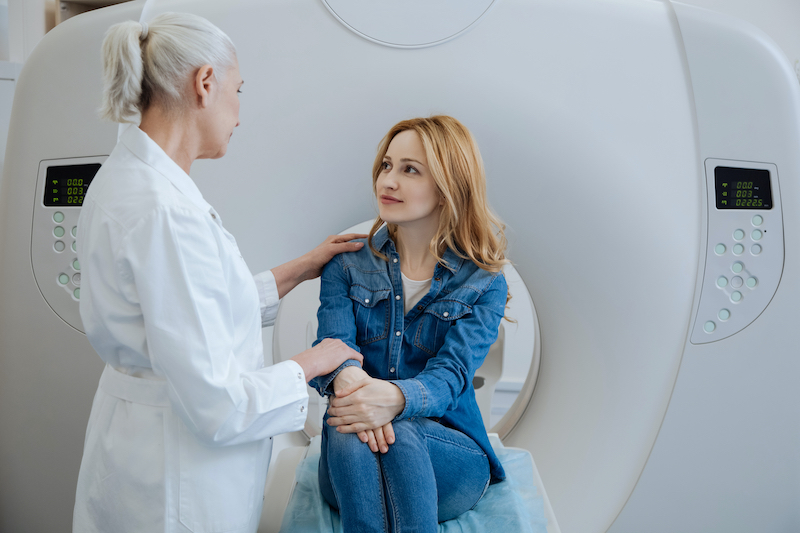MRIs Of Both Painful And Non-Painful Shoulders Are Similar,
Which Questions The Usefulness Of These Tests
Shoulder pain is the third most common musculoskeletal condition, as up to 67% of individuals will experience it at least once in their lifetime. When pain in the shoulder occurs, the traditional approach is to identify its source through diagnostic testing and then treat the injury appropriately. MRI scans are frequently used during this process because they provide highly detailed images of shoulder structures, but more recently, some experts have questioned whether these tests are helpful or even necessary.
The primary reason is that abnormal findings from MRIs do not always correlate with pain, and some patients with no signs of pain display so-called “abnormal” MRI results. This has led researchers to take a closer look at MRIs of individuals both with and without shoulder pain to help determine the reliability of these tests when making a diagnosis or treatment decisions.
Comparing both shoulders in patients with pain in one shoulder
One study took a unique approach by comparing MRI scans of both shoulders in patients with shoulder pain in only one shoulder. For the study, 123 individuals with chronic shoulder pain for an average of three years were recruited and accepted to participate. The average age of participants was 39.4 years, with 15 individuals being aged 60 years or older. All patients underwent an MRI of both shoulders, and two healthcare professionals—a radiologist and a shoulder surgeon—interpreted the findings from these scans independently.
Results showed there was a high prevalence of structural abnormalities in both shoulders of these patients. For example, the radiologist identified complications with the rotator cuff and one of the major shoulder joints in both shoulders for about 90% of patients, while the surgeon found these issues in about 75% of patients. In addition, no significant differences were detected in the prevalence of abnormal MRI findings between the painful and non-painful shoulder, except for one type of injury.
The source of your pain may be something else
These findings suggest that MRI results may not always indicate the source of pain in many patients with shoulder pain, since abnormal findings were also found to be very common in shoulders with no symptoms. Therefore, despite the frequent use of MRI for shoulder pain, it may not be the most effective way to diagnose these injuries. Of particular concern is that focusing exclusively on MRI findings can lead to costly and risky interventions like surgery being performed unnecessarily, even if the pain is not related to these findings.
Try conservative, natural care first
Physical therapists, on the other hand, treat most cases of shoulder pain from the first visit and rarely order MRIs unless it’s deemed completely necessary. This saves patients time and money, which allows them to start their path towards improvement immediately rather than being held back by MRI findings that may not truly reveal the reason behind their shoulder pain. So if you’re dealing with shoulder pain, we strongly recommend seeing a physical therapist at Bacci & Glinn Physical Therapy before having an MRI.

